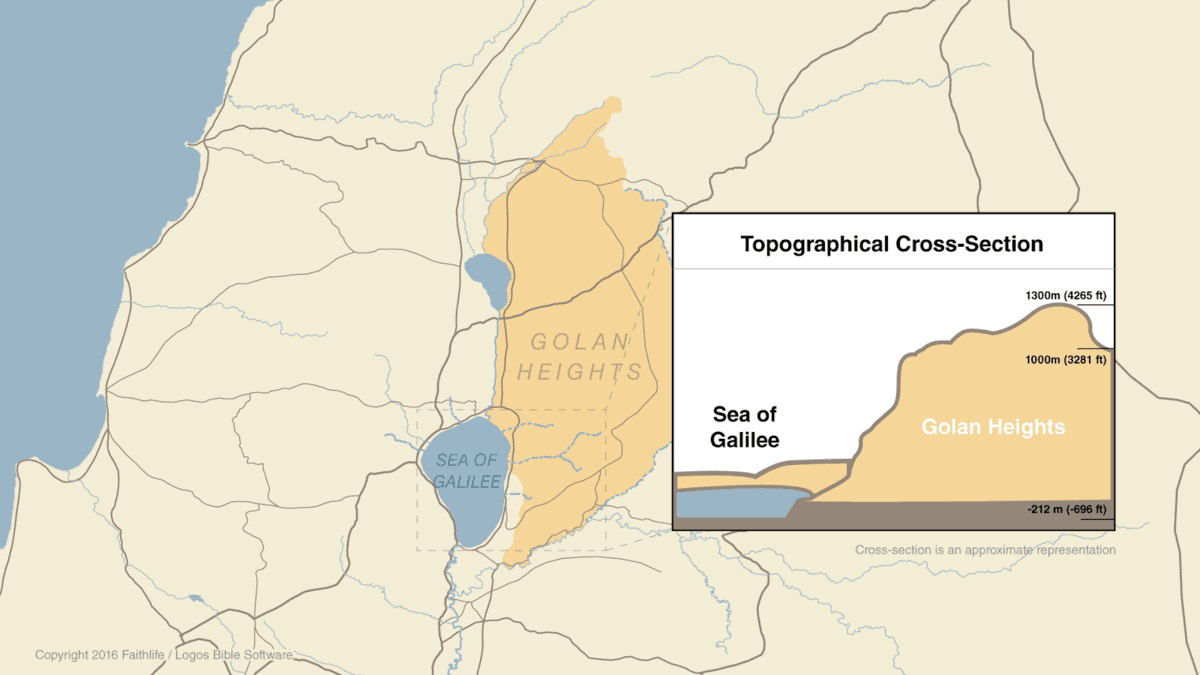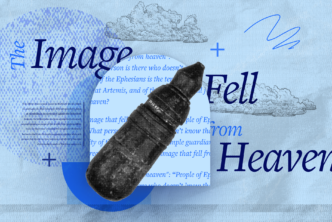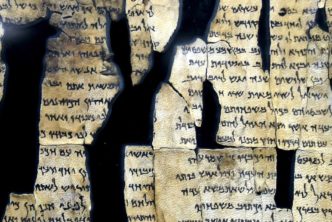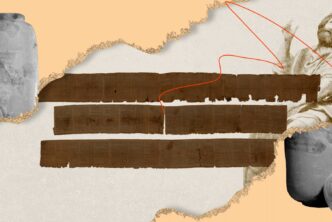Eventually, this grievous sin led to Israel’s dispersion from the land (2 Kgs 15:29), and to this day, Dan is a byword in Judaism for apostasy.
But that’s not the end of the story of Tel Dan.
The hope of a promise
North of Tel Dan is a hilly area called Mount Dov, named for IDF officer Dov Rodberg who was killed there in 1970. Rabbis believe it is the site of Genesis 15 where God ratified his promise of land and uncountable descendants for Abraham and blessing for all nations (Gen 12:1–7).
Thematically, Genesis 15 occurs after Abraham’s meeting with Melchizedek and his rescue of Lot (both in Genesis 14).
However, geographically and chronologically, rabbinical tradition places Genesis 15 in the Golan before Abraham returned to Judea from the north country, making the Golan a potential backdrop for the Abrahamic covenant.
Though there’s no way to know for sure if this is where God initiated his plan of redemption, there’s a peculiar characteristic of this area that at least makes it possible.
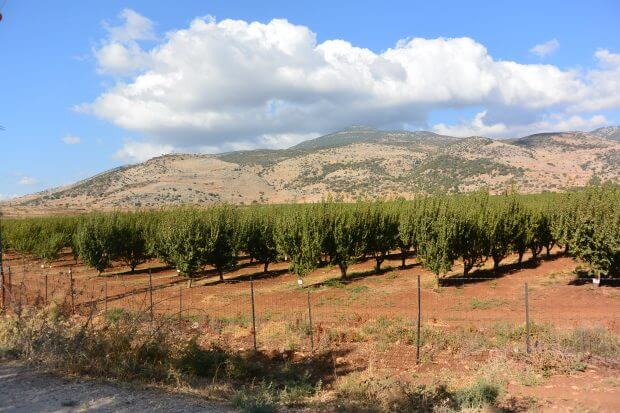
Abraham believed God’s promise of a son, land, and descendants in Genesis 12. But then in Genesis 15:8 we find him questioning the Lord about these lofty promises. How can I know you are good for your word, God?
Notice the italicized details in what happened next:
“Bring me a three-year-old heifer, a three-year-old female goat, a three-year-old ram, a turtledove, and a young pigeon.” So Abram presented all these to him and killed them. Then he cut each animal down the middle and laid the halves side by side; he did not, however, cut the birds in half. Some vultures swooped down to eat the carcasses, but Abram chased them away. (Gen 15:9–11 NLT, emphasis mine).
Why do details like heifers and vultures matter?
Because the northern hill country south of Mount Hermon is one of the few places in Israel that naturally sustains both vultures and heifers.
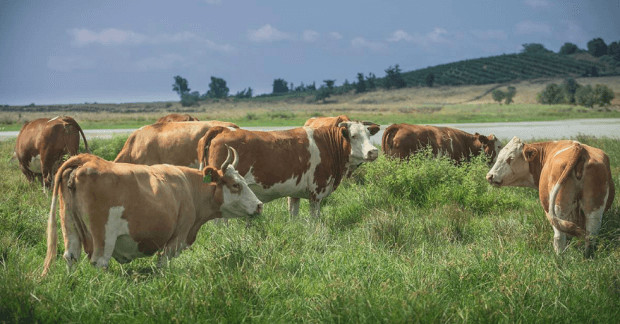
Biblical writers often referenced the fattened cattle that grazed in Bashan (Amos 4:1; Ezek 39:18). The tribes of Reuben, Gad, and half of Manasseh wanted to settle east of the Jordan river because “it [was] a land for cattle” (Num 32:1–4).
Today, the Golan Heights is home to more than 15,000 cows—and colonies of Griffon vultures can be found there, too.
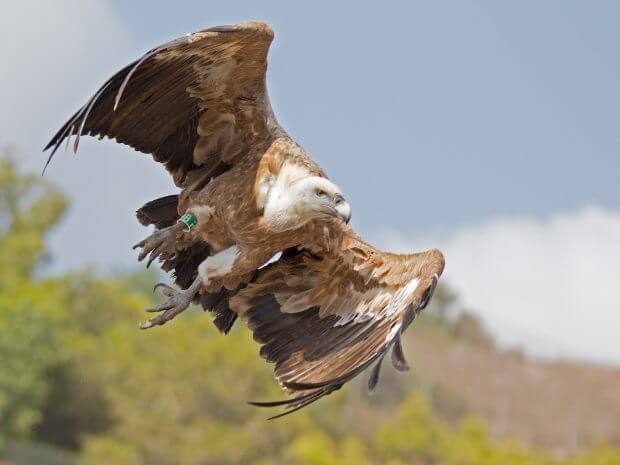
Some scholars believe the vultures in Genesis 15 are symbolic of demonic assault on the covenant. The vultures are attempting to thwart God’s plan of redemption—and Abraham and his descendants (the Jews) are their biggest obstacle.
Why does this matter?
We can’t know with certainty if God made this covenant on Mount Dov in northern Israel. But considering the chronology of events in Genesis 14–16 and the geography of biblical Bashan, it’s possible.
And if it is, there is a story of redemption in the geography itself. God chose a place of spiritual darkness—where his promises were doubted, outright disbelieved, and even attacked (in a sense) by vultures—to reveal his plan to bless Israel and all nations through them.
Time and again, the soil tells a story.
***
Understanding the geography of Israel enhances our understanding of the narrative of the Bible. For more information on the geographical, cultural, and historical settings in the Bible, I commend the Travels through the Bible Lands Collection (15 vols.) and the award-winning Lexham Geographic Commentary on the Gospels.
Karen Engle received her MA in Biblical Studies and Theology from Western Seminary. She is an editor for Faithlife and regularly takes groups to Israel.

